Many “villains” and killers from famous horror films and thrillers suffer from mental disorders or have various mental disabilities. This is what motivates them to inhuman cruelty. In addition, the victims of these villains may also have mental problems. Let's take a look at the approximate diagnoses of movie villains and their victims. 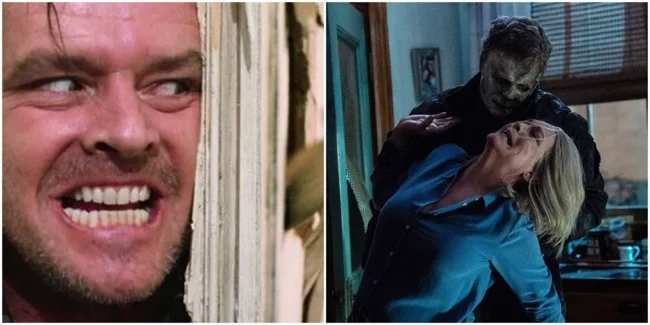
1. Michael Myers and Laurie Strode, Halloween (1978) 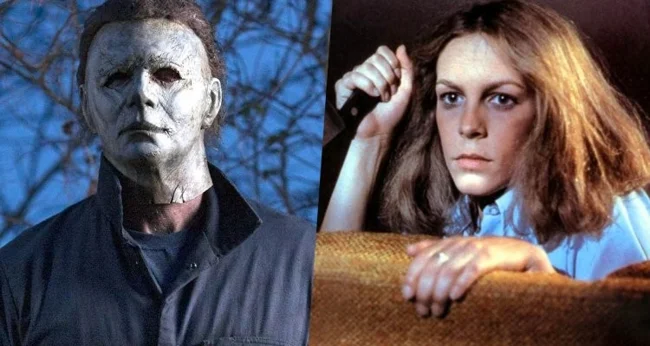
Rutgers University students in Professor Anthony Tobia's class watched horror films, including Psycho (1960), Halloween (1978) and A Nightmare on Elm Street (1984), and did character analyzes after watching them. They determined that after the murder of his sister Judith, Michael Myers (from "Halloween") suffered from conversion disorder - after her death he stopped talking, and he also developed signs of autism and voyeurism (peeping on others). He then escapes from the mental hospital and tries to kill another sister, Laurie Strode. In Halloween 2, Laurie is told by her therapist that she has the same "disease" as her brother. This may be a reference to Michael's psychiatrist's diagnosis of "pure evil".
2. Hannibal Lecter and Clarice Starling, "Silence of the Lambs", "Hannibal" 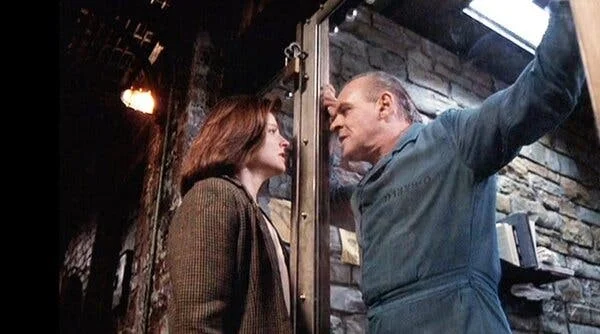
According to analysis from Grand Canyon University students, Hannibal Lecter has signs of antisocial personality disorder. Experts describe it as a "ruthless disregard for social rules, moral standards and other people." At the same time, the patient/killer can be outwardly charming and charismatic, he is able to quickly analyze people and determine how best to manipulate them. The mental problems of Clarice Starling, an FBI agent, can be traced in the series Clarice (2021): after meeting Lecter, she suffers from post-traumatic stress disorder. But in fact, this meeting “revealed” her childhood traumas.
3. Freddy Krueger and Nancy Thompson, A Nightmare on Elm Street 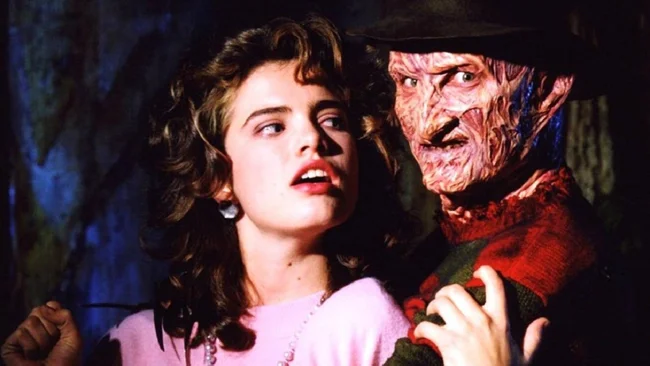
In A Nightmare on Elm Street, Freddy Krueger is driven in part by revenge: he kills children to get back at his parents, who once decided to burn him alive as punishment for their murders. He could also be a pedophile. The sexual component is indicated by the fact that he killed the victims in their sleep. Nancy Thompson, the main character and the last survivor of "Nightmare", suffers from a sleep disorder and nightmares - and this is associated with post-traumatic stress disorder, which originated in the girl in childhood. Professor Anthony Tobia also sees the film as an imaginative portrayal of narcolepsy, which typically occurs during adolescence and is accompanied by hallucinations.
4. Leatherface and Sally Hardesty, "The Texas Chainsaw Massacre" 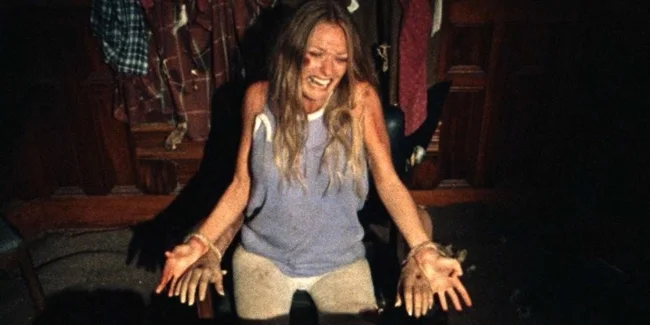
In the 2003 remake of The Texas Chainsaw Massacre, the main villain Leatherface suffers from neurodegeneration. This is the process of neuronal death, which typically involves changes in cognitive, physical, emotional and behavioral functions. The villain's condition was also aggravated by the bullying behavior of his peers during his childhood. He was also born deformed and suffers from a skin disease. He was so ashamed of his appearance that he began wearing a mask. This habit continued into adulthood, when the mask had already become “part of” him.
Sally Hardesty, the only survivor in the film, at the end of all the rampages fell into catatonia - a psychopathological syndrome with movement disorders. Her final fate is unknown. According to various versions and facts from films, she either died, or survived in a hospital, or spent decades in a mental hospital.
5. Regan MacNeil and Father Damien Karras, The Exorcist 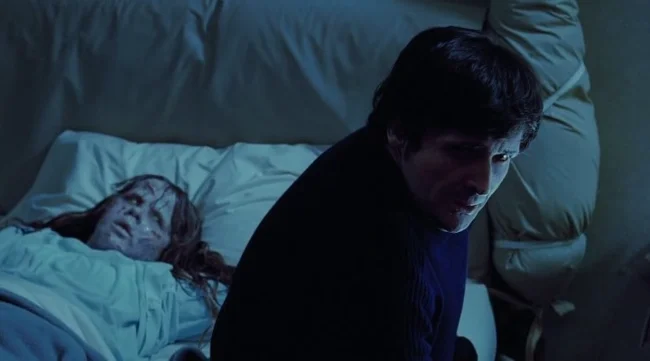
According to neurologist Suzanne O'Sullivan, the condition of Regan MacNeil, the possessed girl from the film "The Exorcist", could be psychosomatic in nature, meaning that many of her symptoms could be due to stress. Experts also suggested that the girl could have problems with the temporal lobe of the brain. But it is possible that her condition could actually be related to demonic possession. Due to her weak psyche, Regan could become an "easy target" for the entities. Father Damien Karras expels the demon from the girl, but it possesses him - which also indicates the vulnerability of his psyche. According to the book on which the film was based, Karras has been worrying for years about the death of his mother, for which he blames himself. This was the cause of his disorder.
6. "The Six Demons of Emily Rose" 
The film "The Exorcism of Emily Rose" is based on the true events of 1976, when 23-year-old German Anneliese Michel died during an exorcism. This happened after sixty-seven exorcism rites, but the girl died from exhaustion and dehydration. As you know, she was diagnosed with epilepsy. At some point, she stopped taking the medications prescribed to her, and her parents entrusted the fate of their daughter to the priests. After Michel's death, the trial of two exorcists took place: they were convicted of murder and received suspended prison sentences. Doctors confirmed that the cause of the girl’s condition was epilepsy, as well as the strict religious views of her parents.
7. Jack Torrance and Wendy, "The Shining" 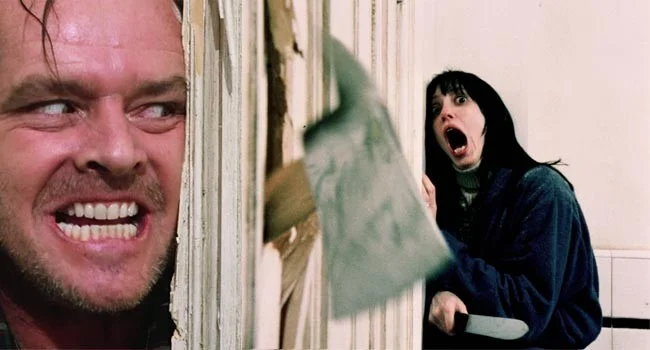
In both Stephen King's 1997 novel The Shining and its film adaptation, Jack Torrance is a creative, delusional, and hallucinatory character. His wife Wendy and son Danny are victims just like Torrance himself. His son suffers from post-traumatic stress disorder, and Torrance drinks to suppress his awareness of his failure as a father. He “learned” to use alcohol and violence to cope with difficulties from his own father.
8. Norman Bates, Psycho 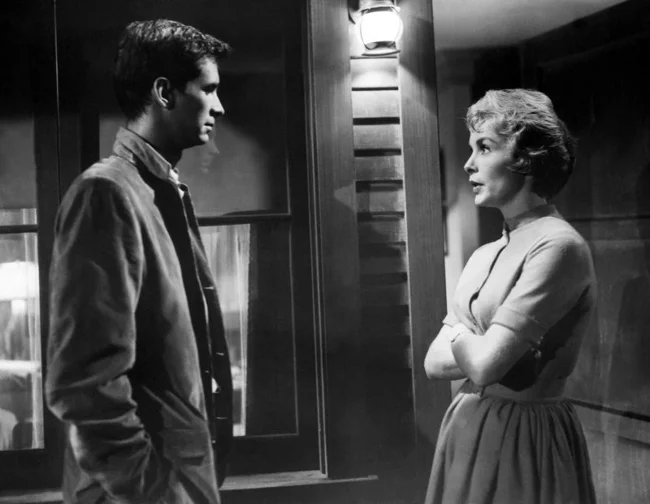
Norman Bates, the serial killer in “Psycho” (1960), suffers from dissociative identity disorder and a “comorbid voyeurism disorder,” experts have determined. All the guy’s disorders developed due to the influence of his oppressive mother, whom he was once jealous of her boyfriend and killed. Then, in the guise of "mother", he committed several murders - including stabbing to death his motel guest, Marion Crane.
9. Teddy, "Shutter Island" 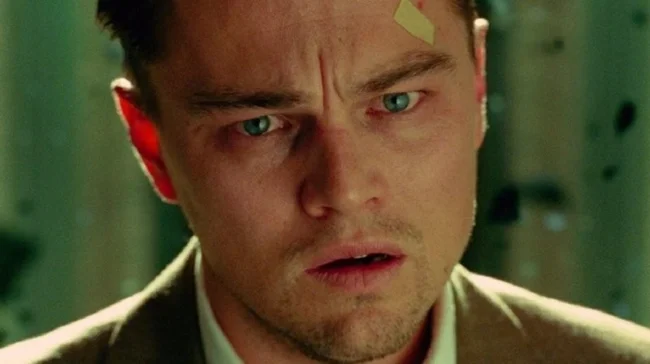
As a World War II veteran, Edward (Teddy) Daniels (Leonardo DiCaprio) has experienced his fair share of trauma. To deal with them, he turns to alcoholism and workaholism, oblivious to another dangerous threat - his bipolar killer wife, who drowned their three children. Unable to contain his despair, he kills his wife. Teddy's own diagnosis is a severe delusional disorder, which developed due to grief from the loss of his family and severe feelings of guilt.
10. Rosemary Woodhouse, "Rosemary's Baby" 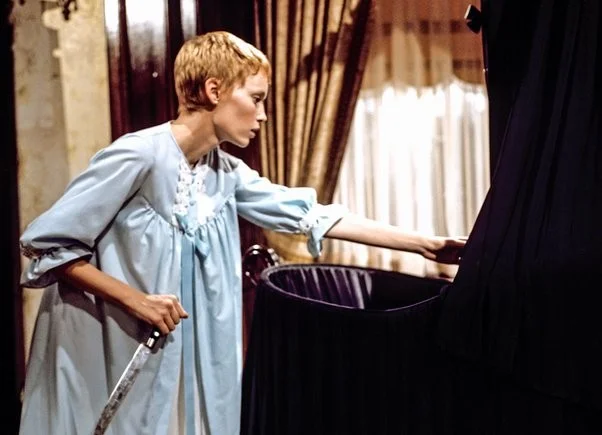
In Rosemary's Baby (1968), the main character believes she has become pregnant by a demon. According to experts, the woman suffers from postpartum psychosis, a rare condition that can develop within two to four weeks after giving birth, as a clear manifestation of bipolar affective disorder. From a psychological point of view, Woodhouse is not only a psychopath, but also obsessed with the idea that her child is from Satan.
0 comments
